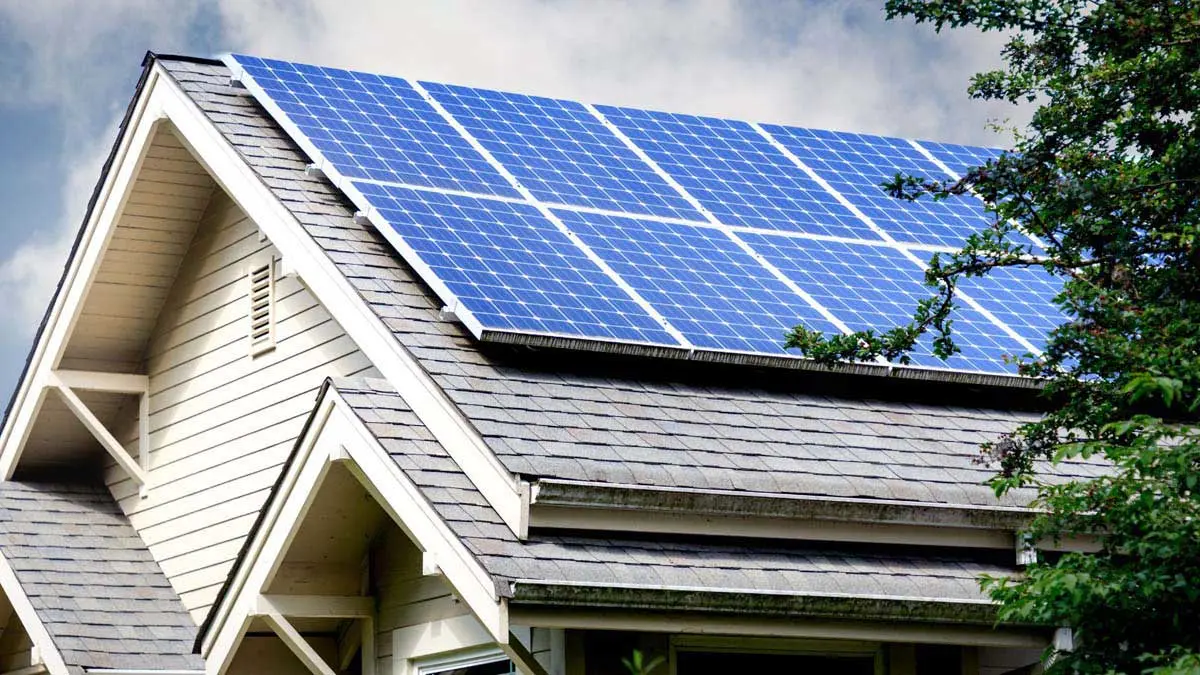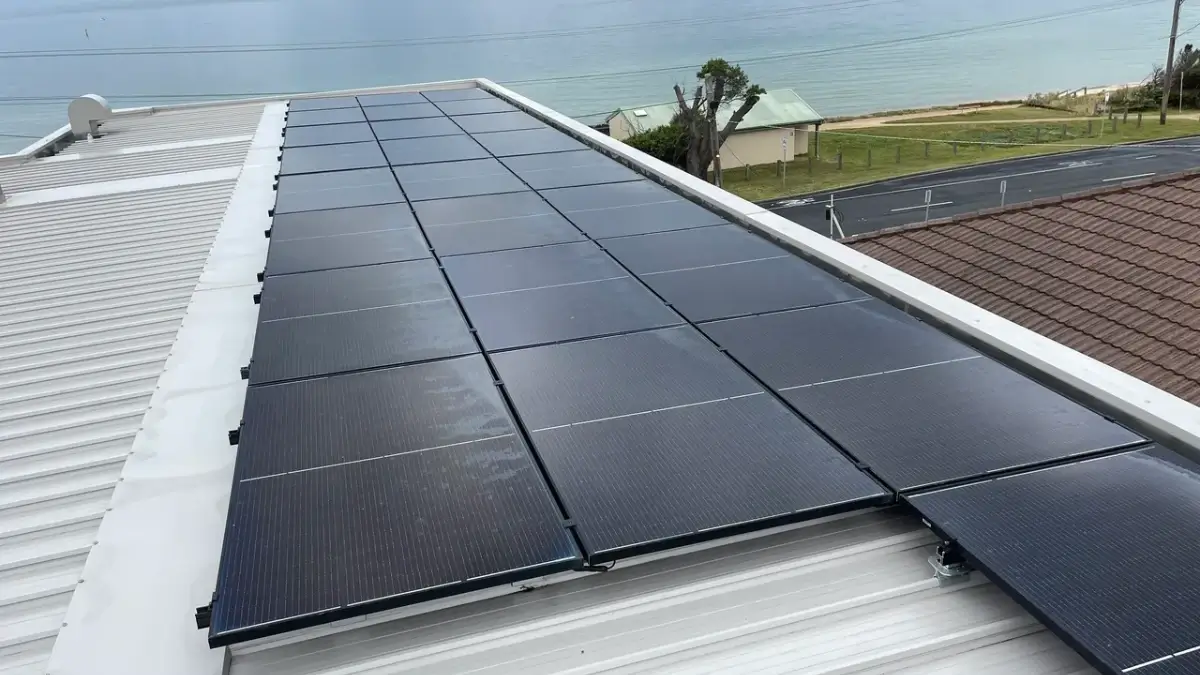Whakatāne electricity prices 2026 are projected to stay high according to this year’s New Zealand Electricity Authority’s Market Review, following steady increases through 2024 and 2025.
Grid upgrades, wholesale price pressures, and growing residential demand — especially from heat pumps and EV chargers — are expected to keep monthly bills rising.
Households that use most of their power in the evening will feel the most impact, as wholesale electricity prices remain lowest during the day but spike after sunset.
Ready to take control of your energy costs? Contact Dixon Electrical today to discuss solar and battery options that can shield your home from rising costs and lock in long-term savings.
Electricity Price Outlook For 2026
| Factor | Current Trend | Impact on Households |
| Network & line charges | Rising due to grid upgrades | Adds to fixed daily costs regardless of usage |
| Wholesale rates | Higher after sunset | Evening and early morning power is the most expensive |
| Residential demand | Growing with heat pumps & EVs | Adds pressure to the grid supply and prices |
| Renewable generation share | ~85% in NZ | Good for sustainability, but hydro variability still affects prices |
Even homes using the same amount of power as last year will likely see higher monthly bills. Investing in solar panels in Whakatāne is one of the best ways to take control before rates climb further in 2026.
Key Energy Market Trends Heading Into 2026
1. Higher Transmission Costs From Grid Upgrades
Transpower’s Whakamana i Te Mauri Hiko strategy update (2025) outlines billions in planned grid investment, which will raise transmission charges nationwide. These costs flow directly into household line charges, contributing to higher fixed daily costs even if power use remains steady.
2. Weather-Driven Price Surges
Electricity Authority data shows that during 2024’s winter, spot market prices spiked particularly in evening peaks. With climate-driven extremes becoming more common, these spikes are likely to continue in 2026.
3. Government Solar Rebates & Financing
National solar incentives are still available in 2026, like Westpac’s Sustainable Home Loan and ANZ’s Good Energy Home Loan, helping with installation costs. Flexible financing options make it easier to start saving without waiting for years to recover the investment.
4. Public-Sector Solar Expansion
Bay of Plenty councils are continuing to add solar panels to public facilities such as libraries and community centers. This push encourages residents to follow suit, showing how local solar adoption can stabilize power costs and reduce grid pressure.

How Can Whakatāne Homes Lower Heating And Winter Energy Costs?
Heating remains one of the largest contributors to winter power bills. Many homes still rely on older resistive heating systems that consume far more electricity than modern alternatives. LPG prices are also projected to rise again in 2026.
Upgrading to an efficient system through heat pump installation Whakatāne can dramatically reduce winter power costs. Dixon Electrical provides heat pumps designed for Bay of Plenty conditions, ensuring homes stay warm without driving bills higher.
Solar Panels In Whakatāne: Your Best Hedge Against Rising Bills
With power prices rising, solar panels in Whakatāne are one of the most effective ways to control household electricity costs.
| Scenario | Typical Annual Bill | Savings with Solar |
| No solar | ~$2,700 for a typical 5,000 kWh/year household | — |
| 5 kW solar system | ~$900 with good daytime self-consumption | $1,500–$1,800 saved per year |
| Solar + battery | Near-zero summer bills, strong winter savings | Payback in ~5–7 years |
Households that use most of their power during the day get the quickest return. Adding a battery allows solar energy to be stored and used during the expensive evening peak, improving the solar payback period 2026.
How Rising Costs Affect Homes & Businesses
Higher network charges and lower export values mean solar customers should maximize self-consumption in 2026. Exporting excess energy back to the grid provides far less value than using it on-site.
Homes can shift appliance use — such as laundry, dishwashers, and hot water boosters — to daylight hours. Businesses benefit most from commercial solar panels Bay of Plenty, since they consume most of the energy produced during working hours.
Dixon Electrical’s Solar & Battery Solutions
Tailored Services For Every Property
Dixon Electrical designs energy systems to match each property’s unique power needs, ensuring maximum savings from Bay of Plenty solar panels.
Our core services include:
- Custom solar system design with high-performance Suntech panels
- Battery storage solutions using Sigenergy technology to maximize self-consumption
- Smart inverter programming that prioritizes powering your home first
- Heat pump installation in Whakatāne to cut winter power costs
- EV charger setup and switchboard upgrades to support modern loads
Every system is engineered to deliver reliable, long-term savings and help households achieve real Whakatāne power bill reduction.

Why Homeowners Choose Dixon Electrical
Homeowners across Whakatāne trust Dixon Electrical for more than just solar panels — they choose a company that personally oversees every step, from design to installation.
4 reasons to work with us:
- Owner-led installations provide direct accountability and attention to detail
- Fast turnaround times mean most installations are completed within three to four weeks
- SEANZ accreditation ensures every job meets industry safety and performance standards
- Long-term warranties with 25 years on panels, 10 years on inverters/batteries, and 5 years on workmanship
This hands-on approach gives customers confidence that their home solar Whakatāne investment will perform for decades.
Energy Savings Scenarios
| Scenario | Assumptions | Projected Bill/Savings |
| No solar | 5,000 kWh/year, mostly evening usage | ~$2,700/year, likely to rise with grid fees |
| Solar only | 5 kW system, 50–60% self-consumption | Bills cut by ~$1,500–$1,800 annually |
| Solar + battery | System covers 90–100% of daytime use, battery shifts energy to the evening | Summer bills near $0, 5–7 year ROI |
This shows why acting now is key — a shorter solar payback period 2026 means quicker returns on investment.
Recommendations For Whakatāne Property Owners
With Whakatāne electricity prices 2026 expected to rise, property owners can take proactive steps:
- Audit electricity use: Adjust habits to maximize solar production
- Size your solar system: Focus on self-consumption over export
- Add battery storage: Cover evening usage and avoid peak tariffs
- Plan upgrades early: Start saving before new price increases take effect
Taking these steps now helps households and businesses secure predictable energy costs and shorten the solar payback period in 2026.
Answers To Whakatāne’s Most Common Solar And Energy Questions
How do Whakatāne’s electricity prices compare with the national average?
They are slightly higher due to distribution zone costs, making Bay of Plenty solar panels a smart investment.
What are peak and off-peak times, and why do they matter?
Peak hours are mornings and evenings when demand is highest. Shifting usage to midday helps avoid premium rates.
How much have Whakatāne electricity prices risen over the past five years?
Around 20–25%, according to MBIE’s Energy in New Zealand 2025 report, with more increases expected into 2026 — another reason home solar Whakatāne systems are valuable.
What is the best setup to maximize solar energy usage?
Grid-tied systems work well for using solar power during the day, but a hybrid system with battery storage takes it further by storing extra energy for night use and reducing grid costs.
Are there special considerations for rural installations?
Yes — rural properties face higher line charges, so solar often saves more. Dixon Electrical can handle ground-mount and custom roof solutions.
Beat Rising Power Costs In 2026 – Contact Dixon Electrical Experts Today
Whakatāne electricity prices 2026 are set to stay high. The best way to protect your household budget is by producing and using more of your own energy. Dixon Electrical makes the process simple — from system design to installation — helping you cut bills and gain energy independence.
Book a free consultation today to explore Bay of Plenty solar panels, battery storage, and heat pump installation Whakatāne options and start reducing your power bills before the next price rise takes effect.

